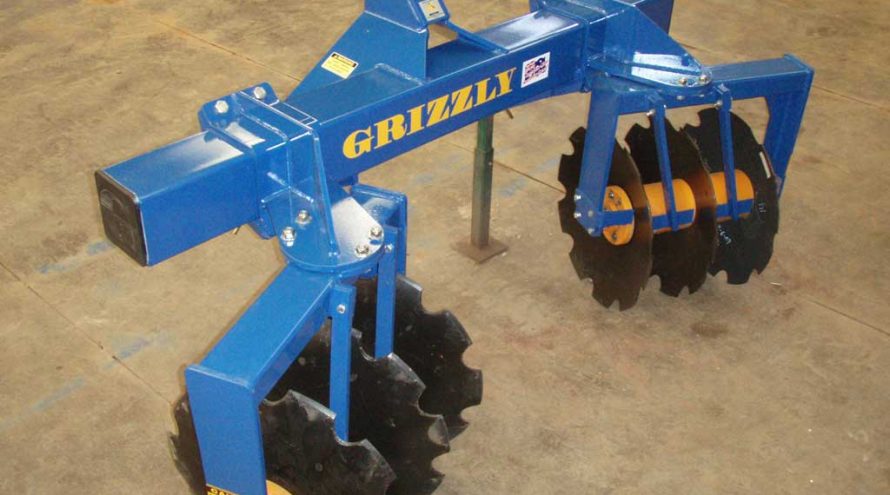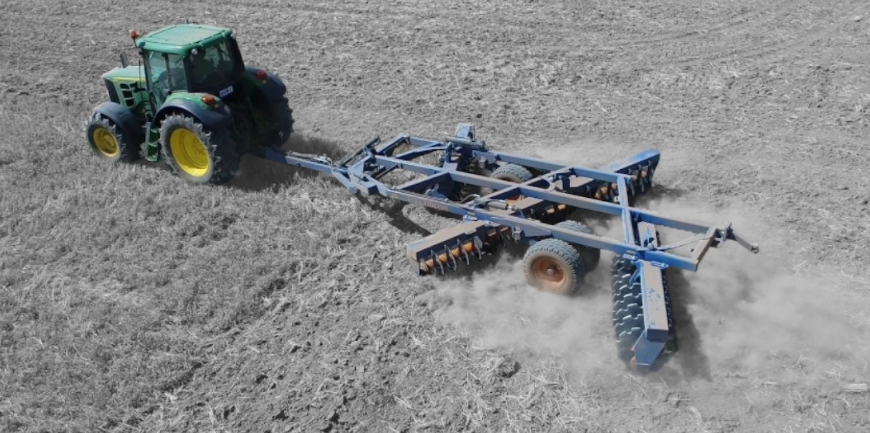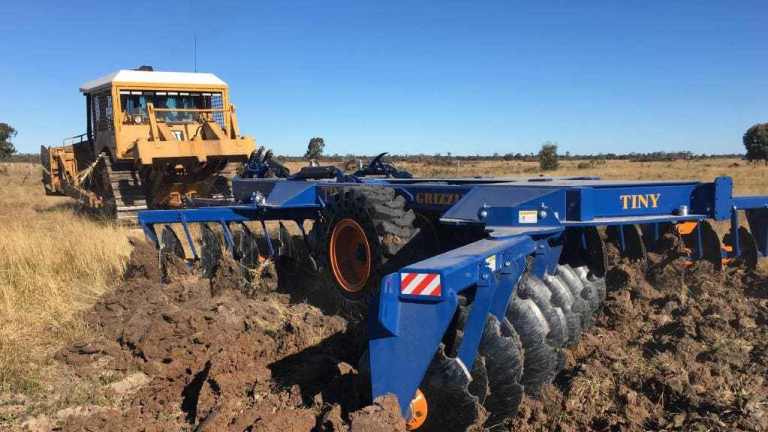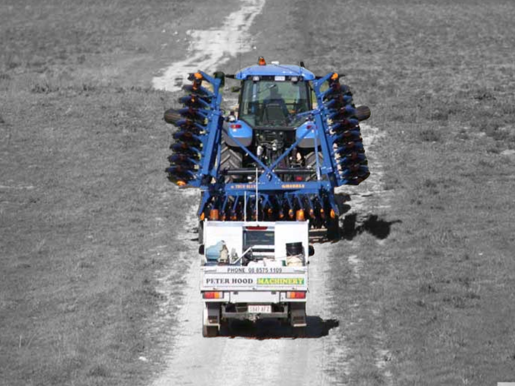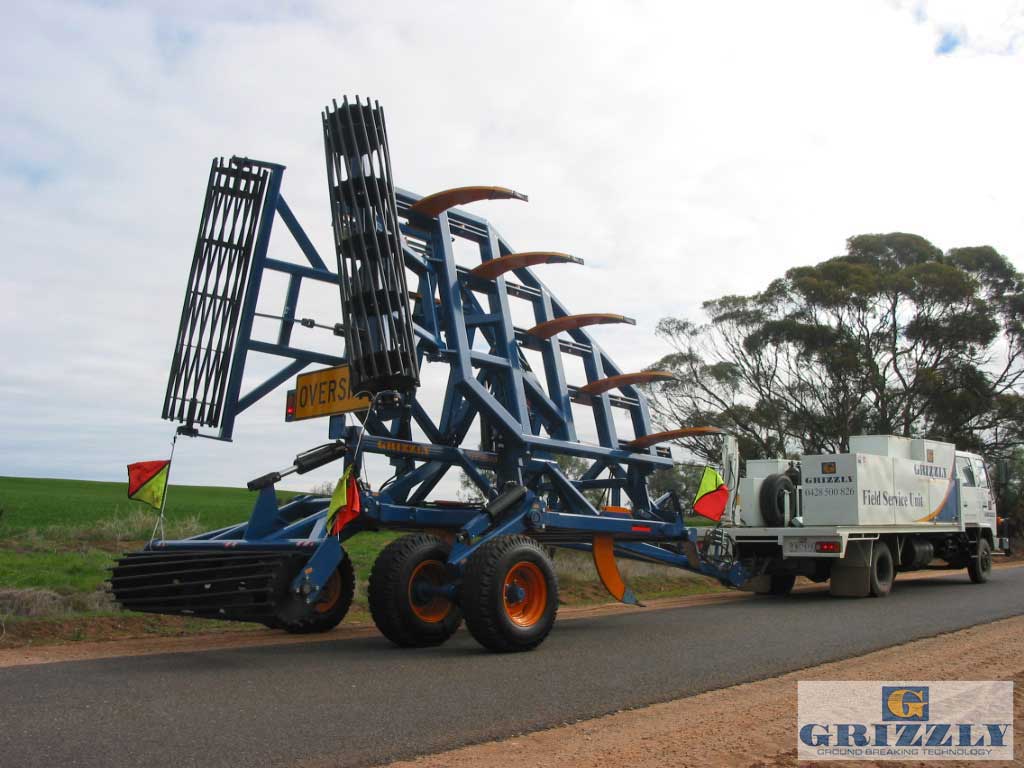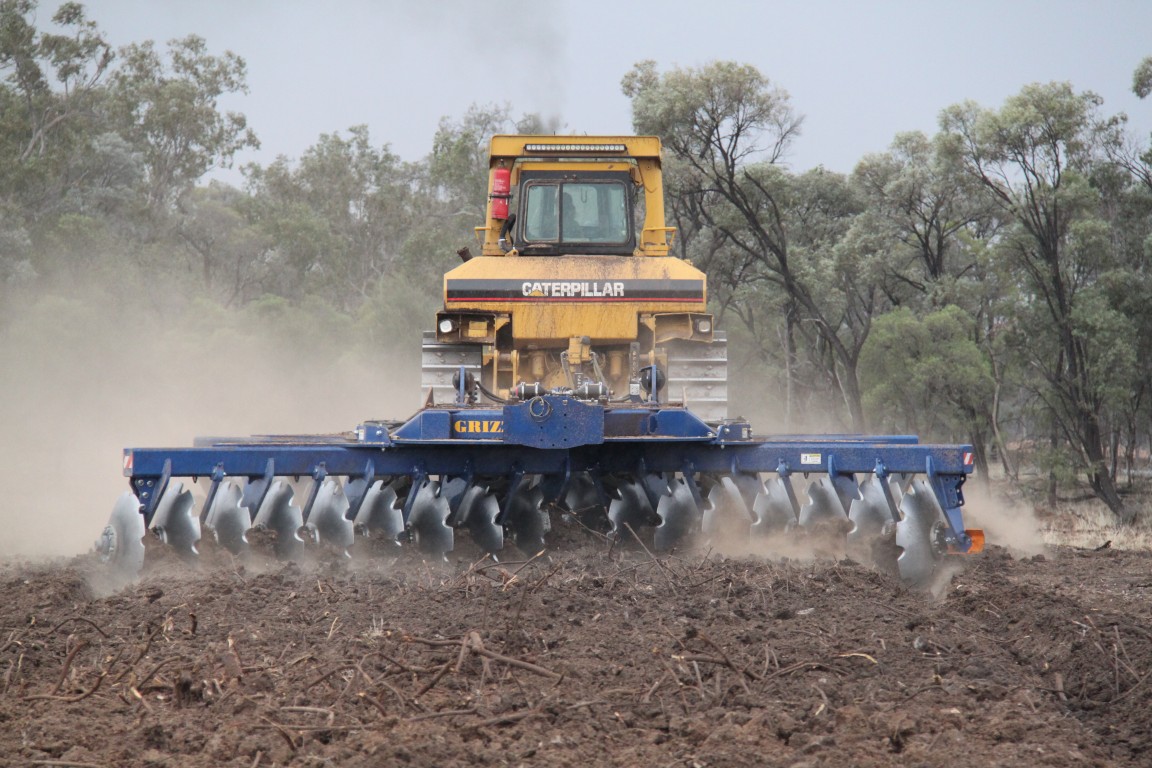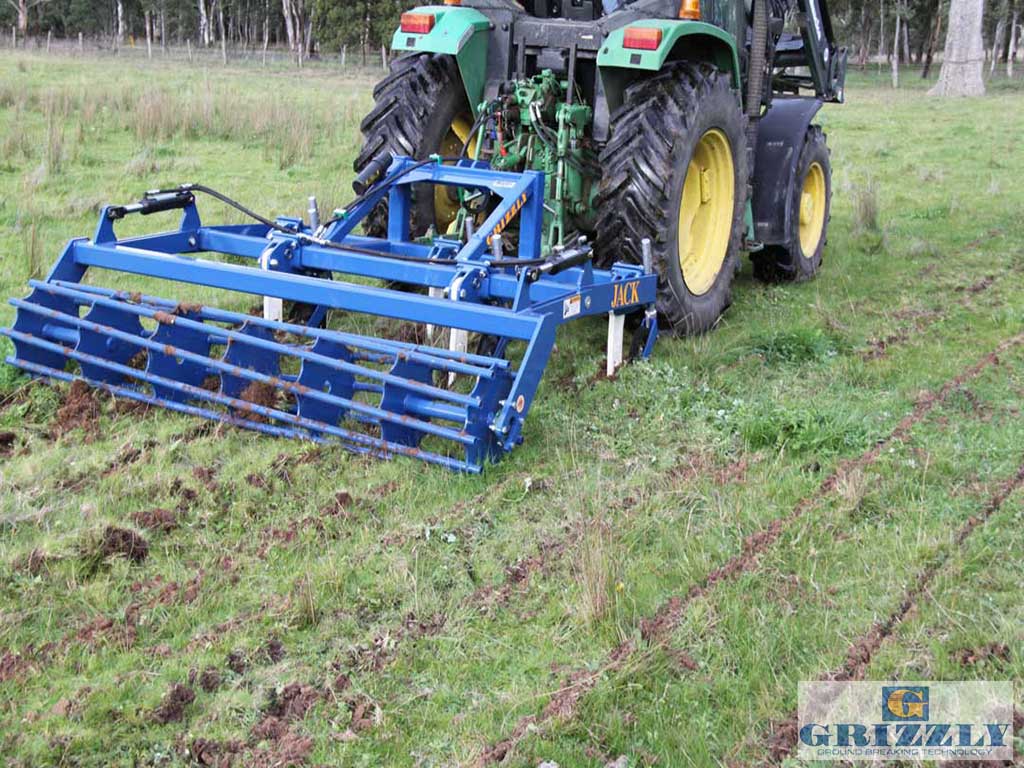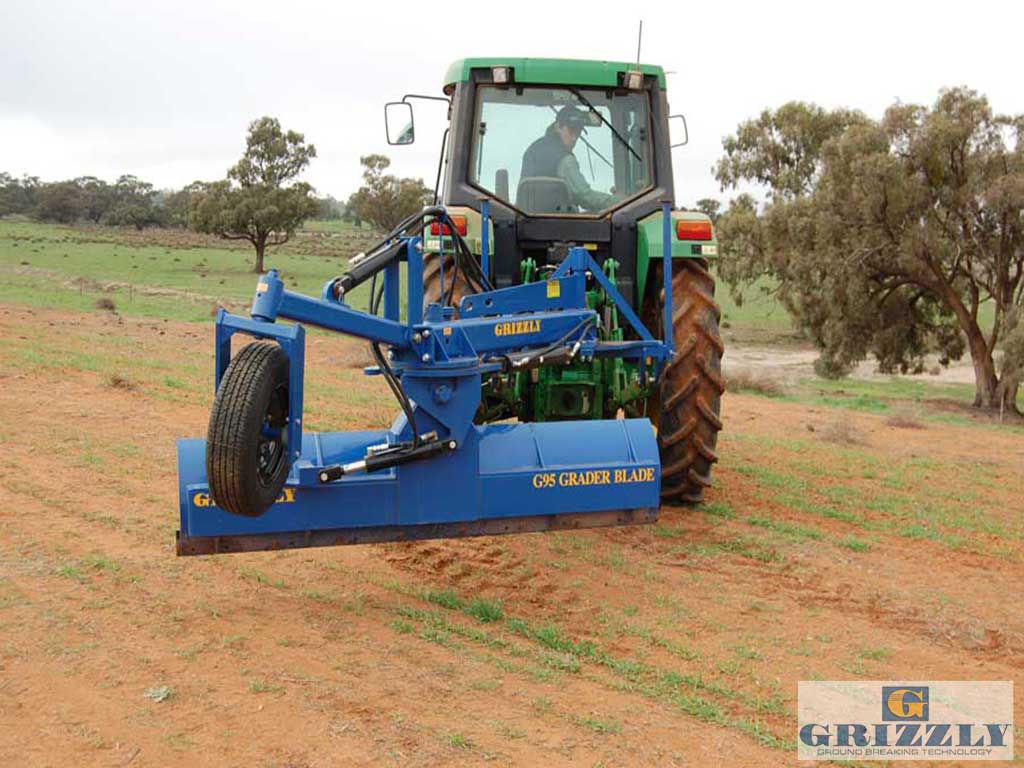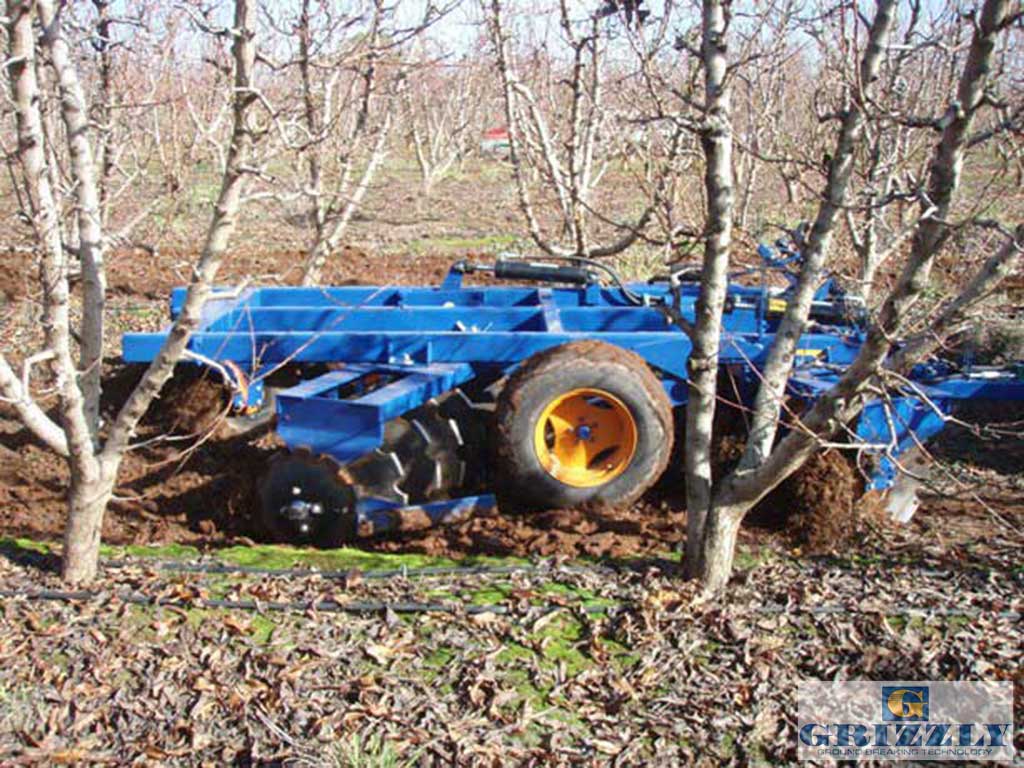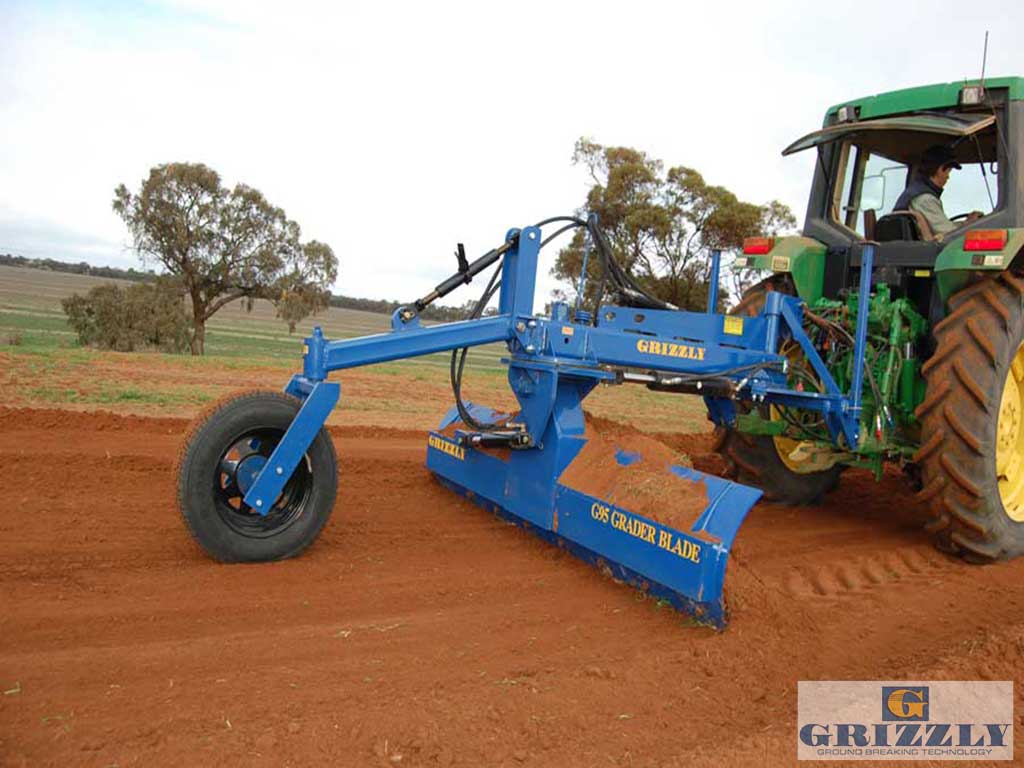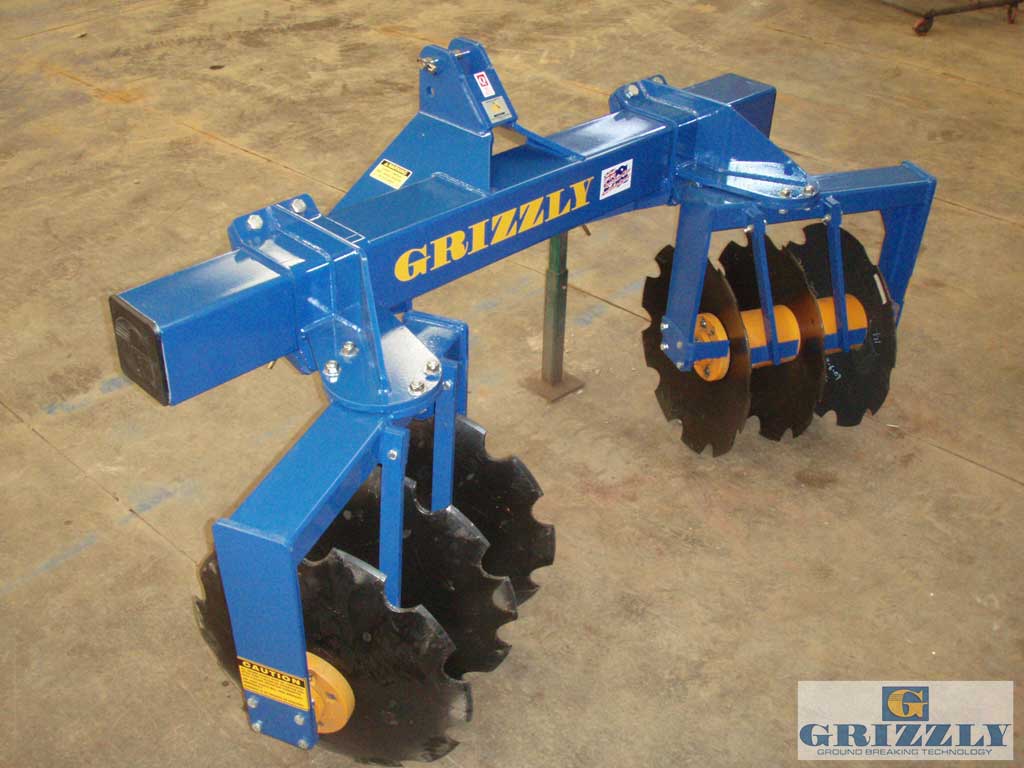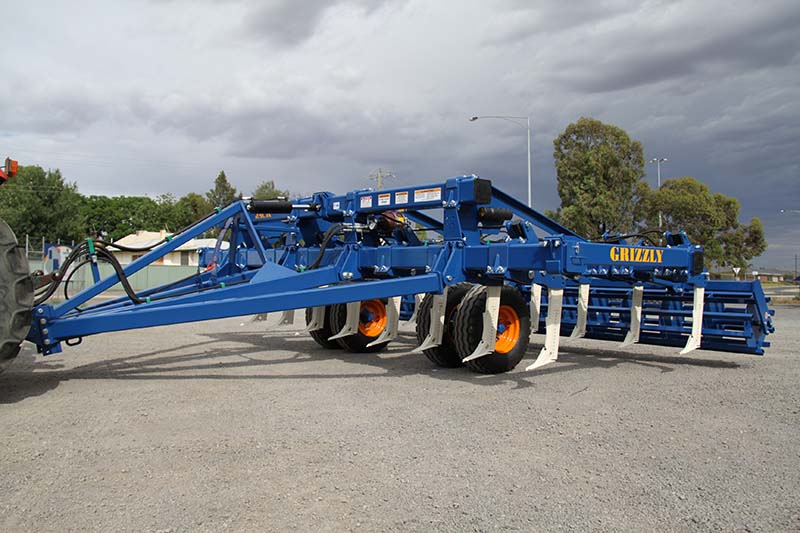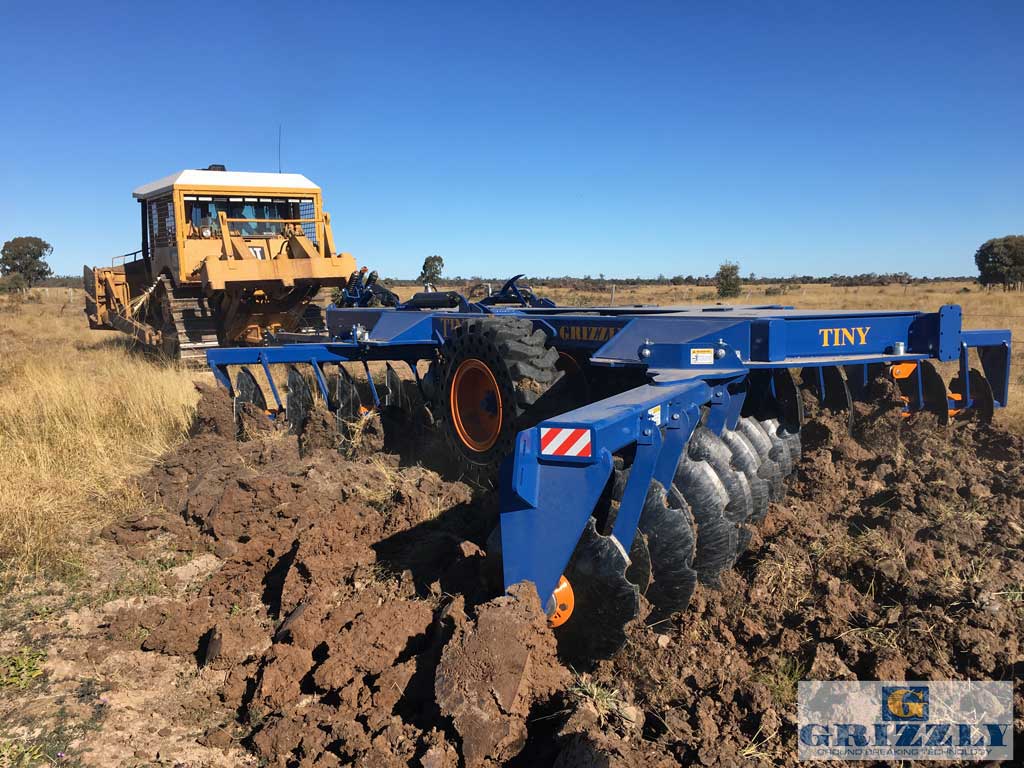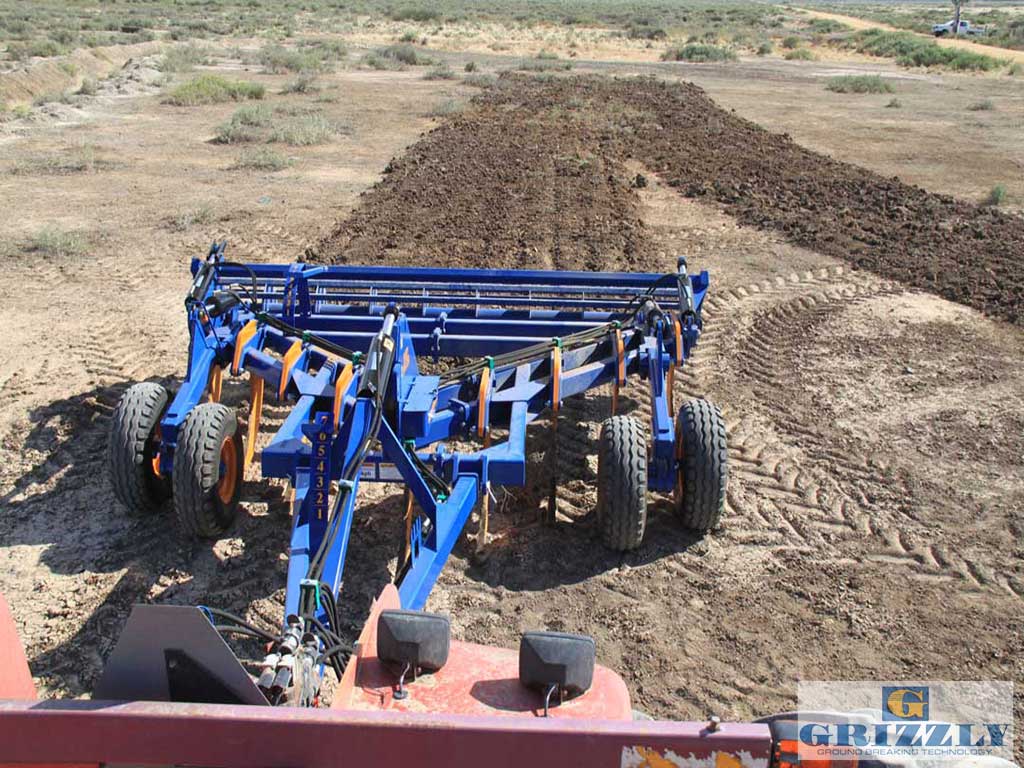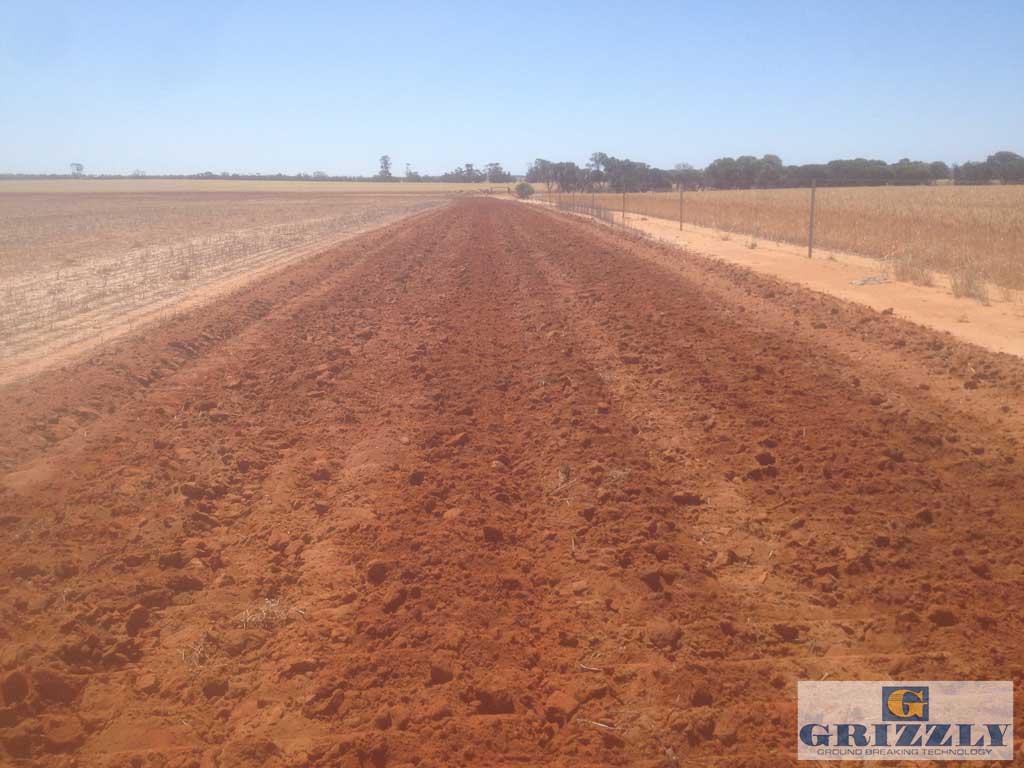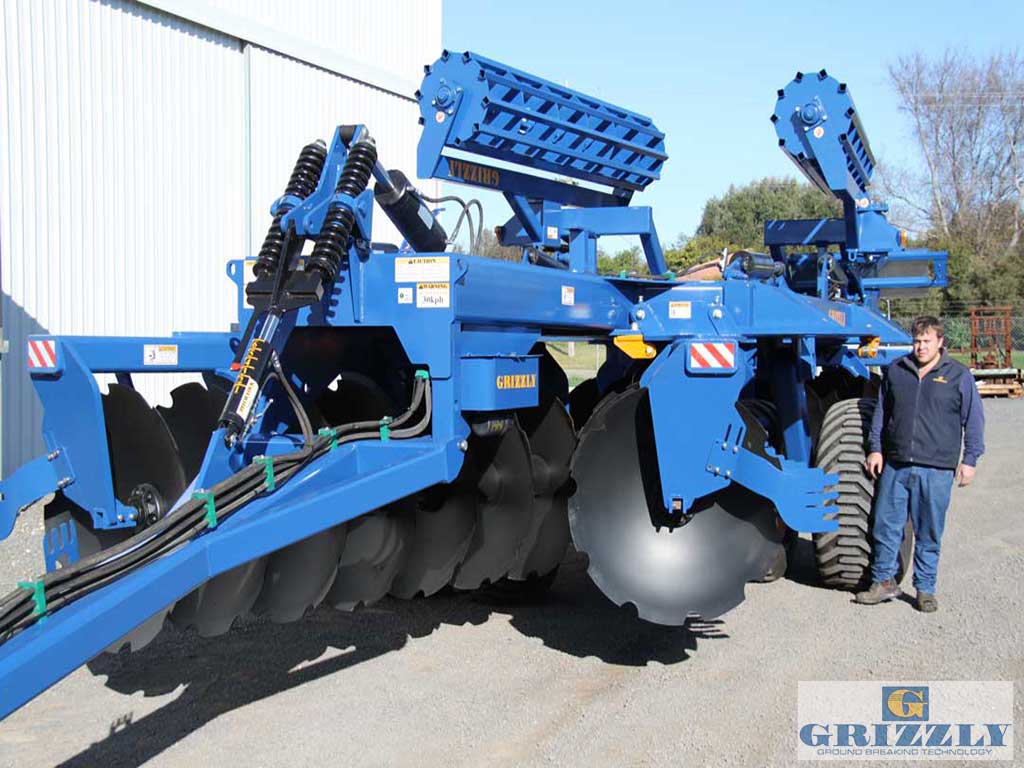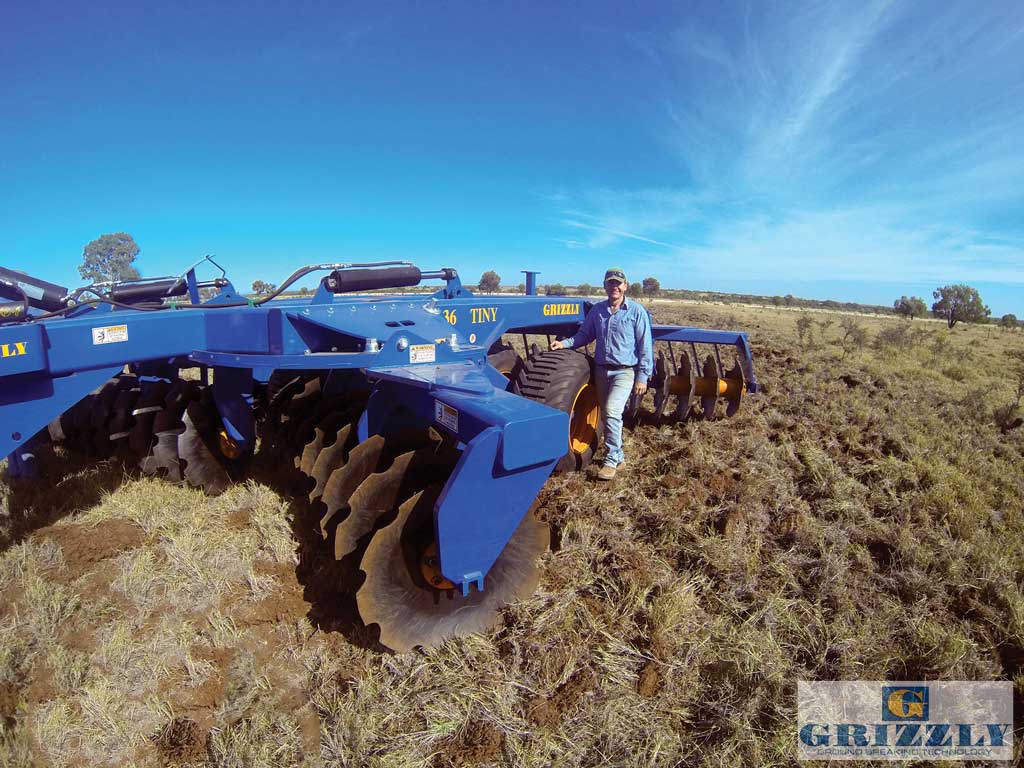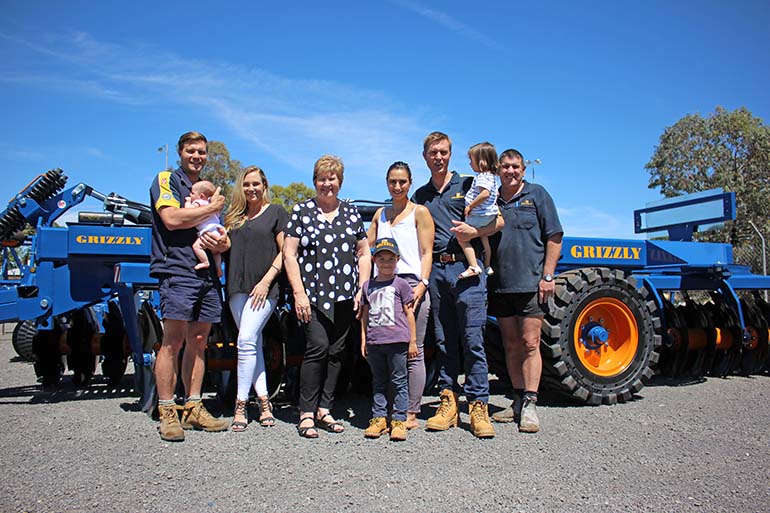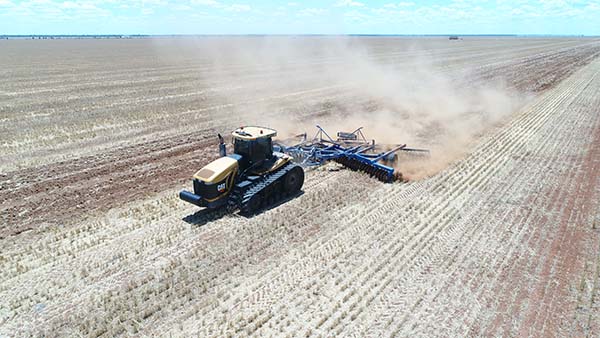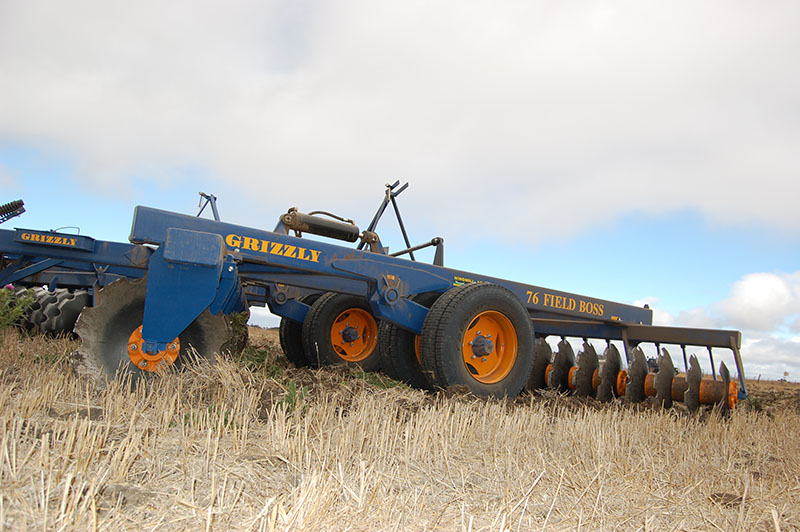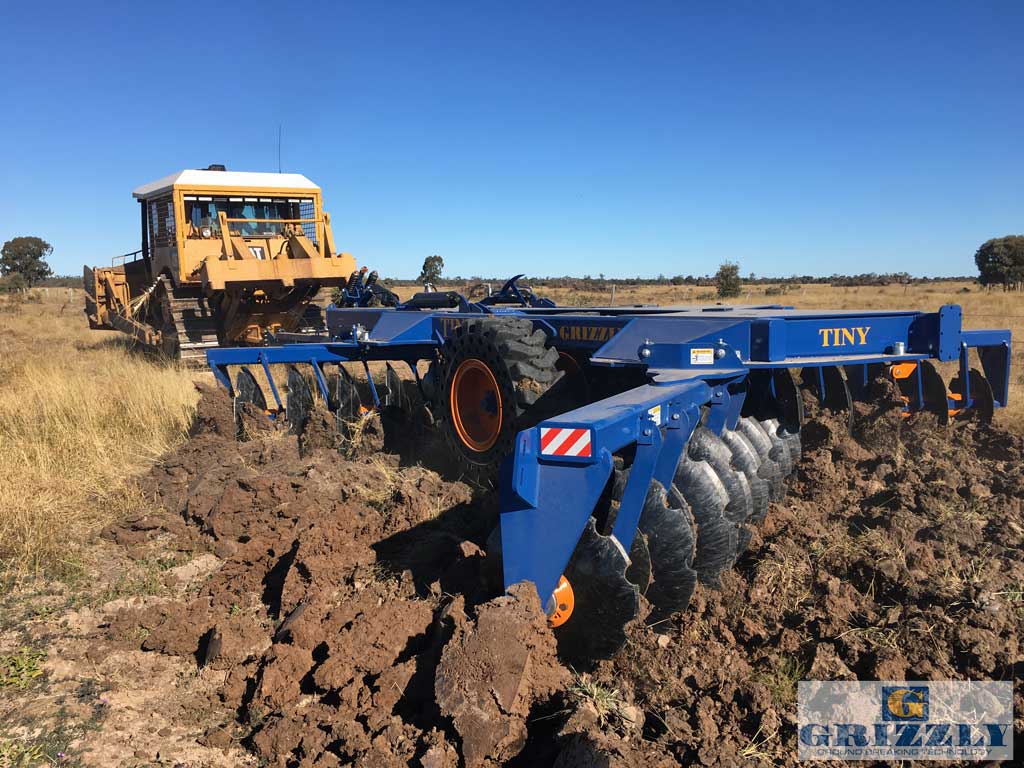- By adm1n
- 0 Comments
- News & Articles
Are You In The Market For The Best Disc Banker? May We Suggest Grizzly Disc Bankers…
Before we start recommending the best disc bankers and why Grizzly leads the market, lets recap on disc bankers, what they are and what they are used for.
What Are They?
As the name suggests, disc bankers create banks. Banks can range from 30cm to 2m in height and can be used in many applications. We’ll go into these in a minute.
Disc bankers use a rotating disc to move the soil inwards, creating the bank.
What Are They Used For?
So back to what we mentioned earlier. There are three main applications for disc bankers. The first is building banks for planting trees, planting orchards, or developing tree plantations. These could be macadamia plantations, avocado orchards, almond farms or any form of new plantation.
Planting the trees on banks or tree mounds means the trees are planted in high amounts of topsoil and are higher than the surrounding ground. This means that the roots grow in healthier more fertile soil and the roots are kept out of any groundwater or water table. In this situation, bankers can take the pseudonyms of irrigation bankers, tree bankers, tree mounders or just simply mounders.
Another application for disc bankers is when growing rice. Rice planting is unique as the plants grow submerged in water bays or paddies. The water level in these rice bays or paddies is held in by banks of varying heights. And, you guessed it, these are created by a disc banker, often called a rice banker in this application.
The third application is to create contour banks. Contour banks are needed in areas where heavy storm activity is common and the contour of the land is hilly or undulating. Without these contour banks, topsoil can easily be eroded through water runoff.
Contour banks are used to direct the water, hold the water to soak into the ground or save or store the water for future use. Through the use of contour banks, the valuable topsoil is maintained in paddocks rather than being washed away in heavy downpours and valuable moisture is retained, allowing it to soak in.
Another application is road grading or road building. Disc bankers can often be found in this space to quickly and efficiently move soil so it can be compacted into a road or track.
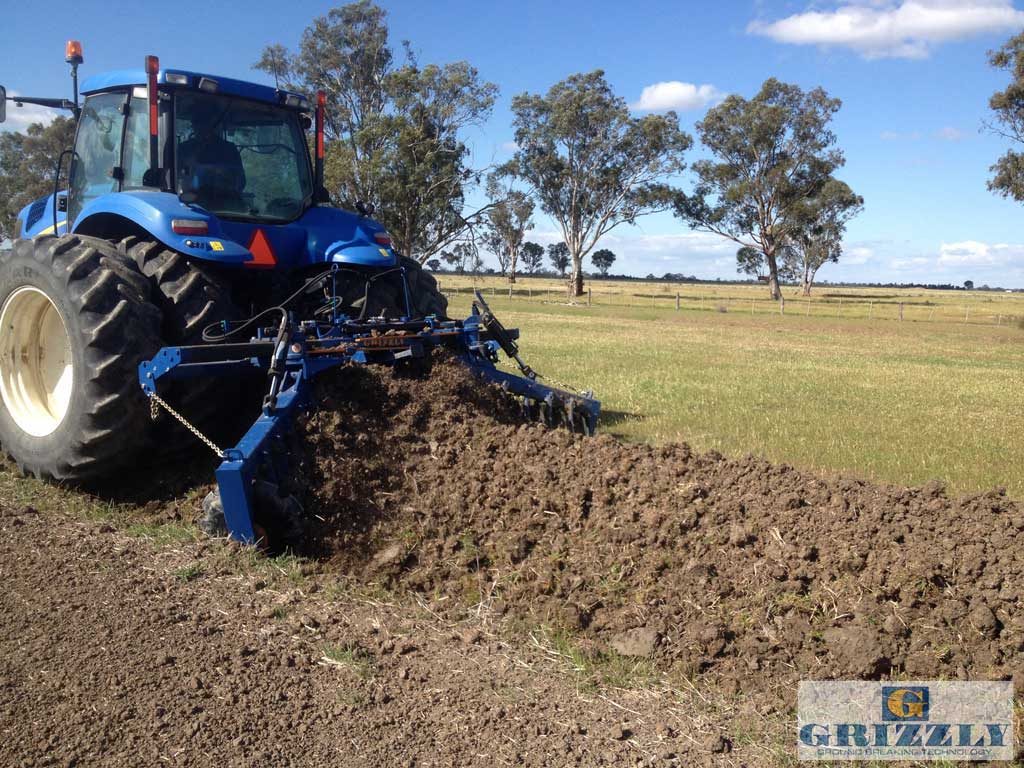
What Should I Be Aware Of When Buying A Disc Banker?
There are a lot of second-hand disc bankers on the market. Buy with confidence as long as the banker is going to do the job you require. Check the outside measurements of the bank and the discs to draw soil from. Modern-day banks tend to be wider and bigger than traditional banks and many machines are customisable to your needs.
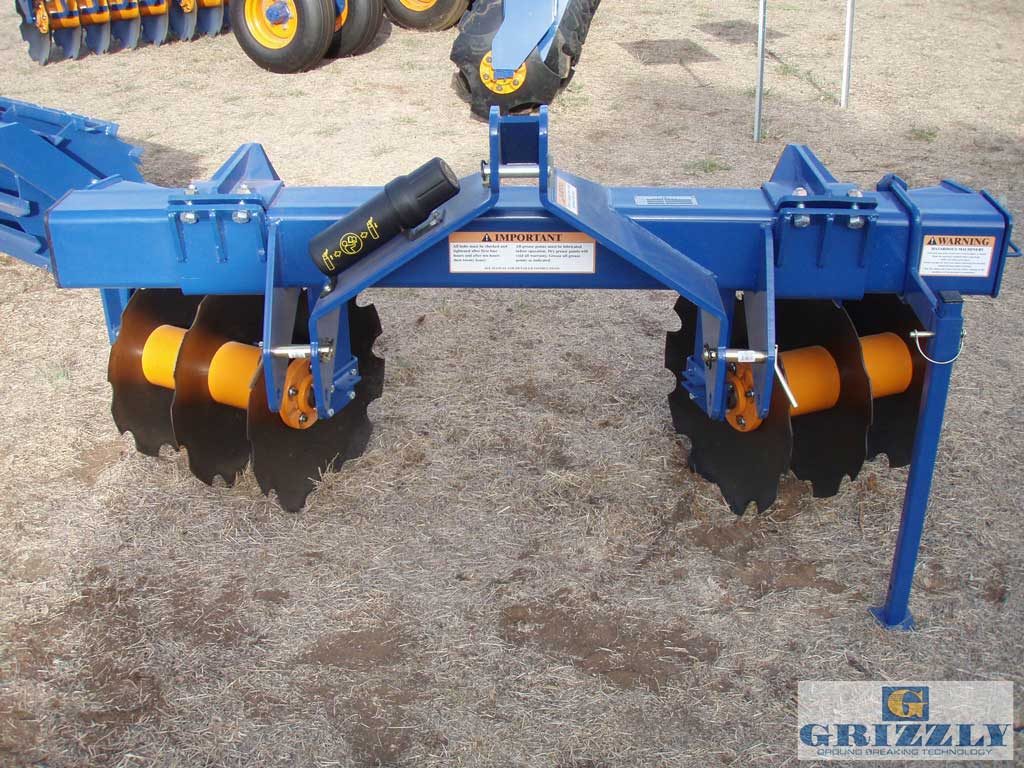
Australian Made
Family owned and operated as well as Australian Designed and built for Aussie farmers and Aussie conditions.
Aussie
Made

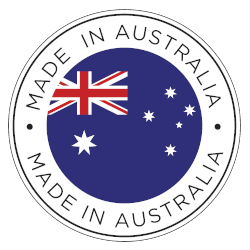
Grizzly Has the Name
Do me a favour – do a Google search on ‘Disc Banker’… likely you will see Grizzly appear in the top search results. There is a reason for this. Grizzly provides the best way to build a bank and is continuously improving this. Grizzly disc bankers are available with 28 inch and 32 inch discs, giving you the size you need.
Grizzly has made many improvements to disc bankers so they are more heavy-duty, with bigger discs, more reliable bearings, heavier bearing systems and a heavier frame. They are comfortably used behind a 350 horsepower or higher tractor.
Contact your local Grizzly dealer for further questions or to secure your disc banker.
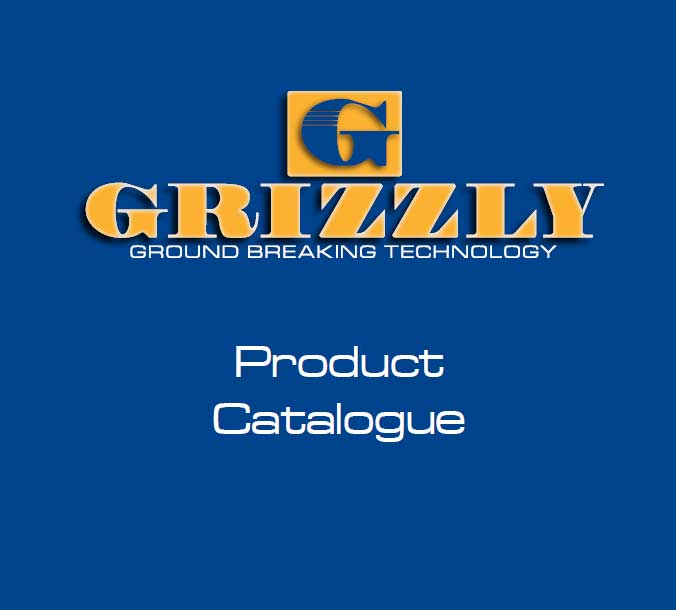
Download the Brochure
WHAT’S INSIDE:
- Product & Services Overview
- Company History


